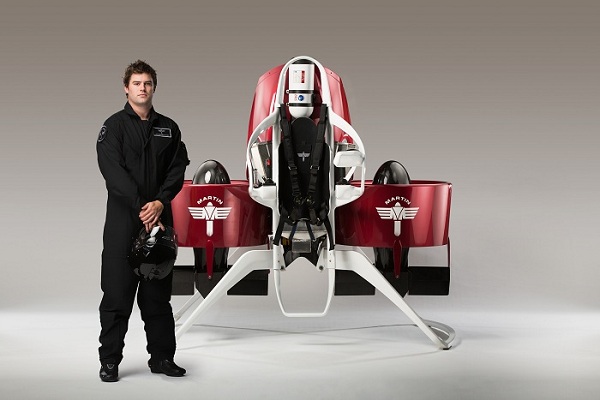
Premier Health Plans, a a health insurance broker, employs a rather elaborate chat bot to collect a customer’s basic information and interests before sending the potential customer to a real person to close the deal. It’s really a clever chat bot, but the odd thing about it is that it insists that it’s a real person. Clearly someone at Premier Health Plans, thought that a chat bot made good business sense, but at the same time didn’t think it was quite convincing, so they added in scripts to respond to questions like, “Are you a robot?”, with the idea that if they just deny it, that would placate enough curiosity and automaton-phobia to hold a potential customer on the line long enough to close.
Think about this for a second. At some point there was a discussion that went something like:
Analyst: In order to get n conversions per day, we need x telemarketers, which costs y dollars.
Manager: Hmm, y is a lot of dollars, and that initial part of the conversation is where we lose most of customers. What can we do bring down this cost?
Analyst: What if we used a robot?
Manager: Not a phone tree. I hate those press-one-for-English type things.
Analyst: No a really smart robot, like Siri.
Manager: Yeah, a sexy robot, like Siri, but it would have to be smart. Can we make it smart?
Analyst: That can be done, and it would only cost z dollars, which is much less than y dollars.
Manager: Good. Good. Let’s do it.
Analyst: I just thought of something. You know how people don’t like to leave voicemails, or deal with phone trees. What if they don’t like the robot?
Manager: Well, we’ll just have robot lie.
Sadly, the phone number and website, premierhealthagency.com are now disabled.




